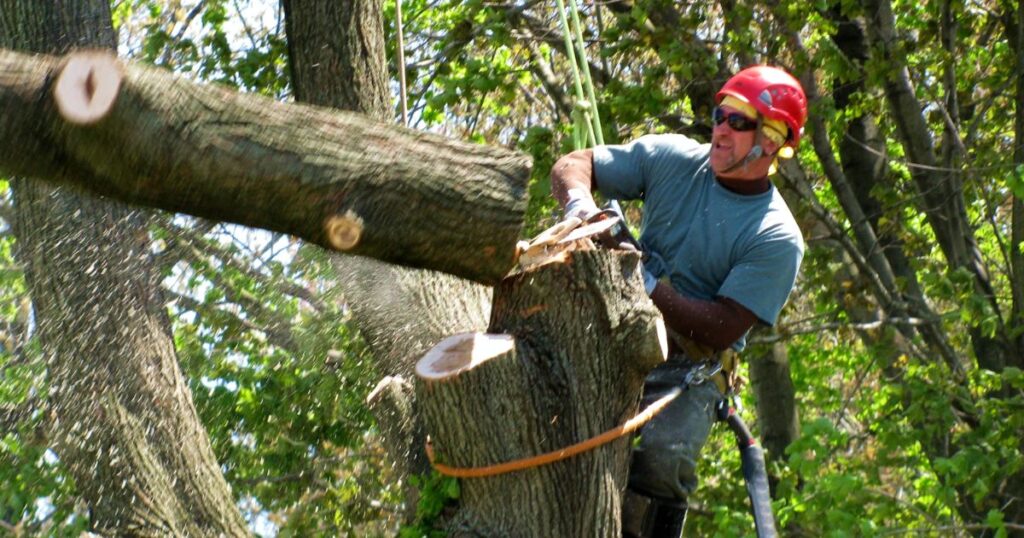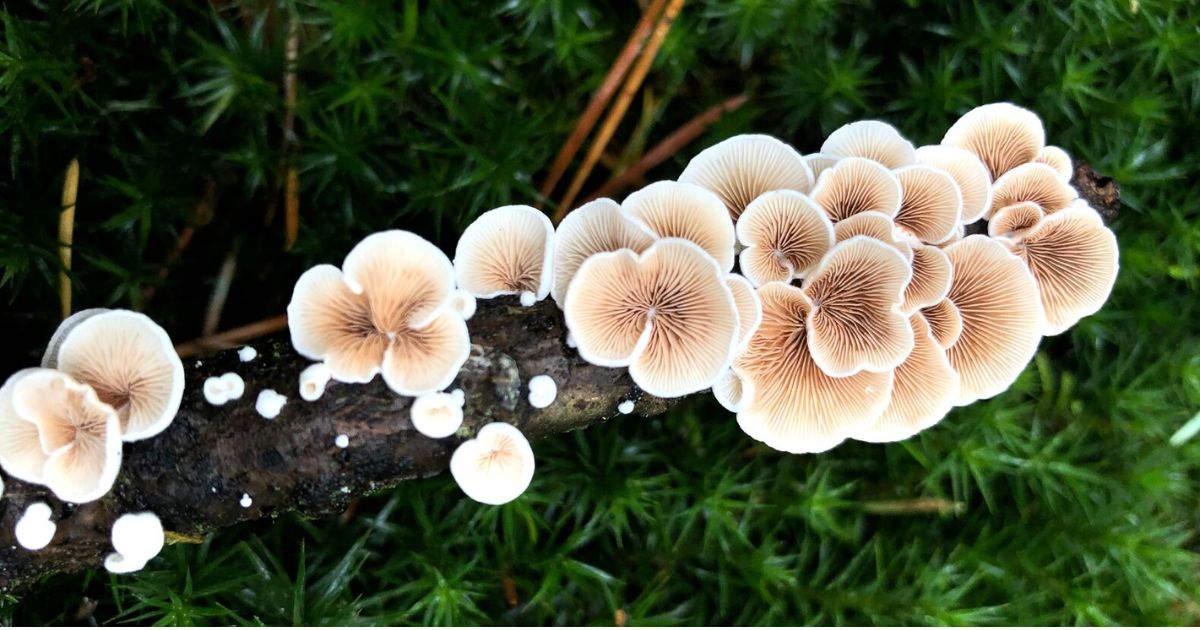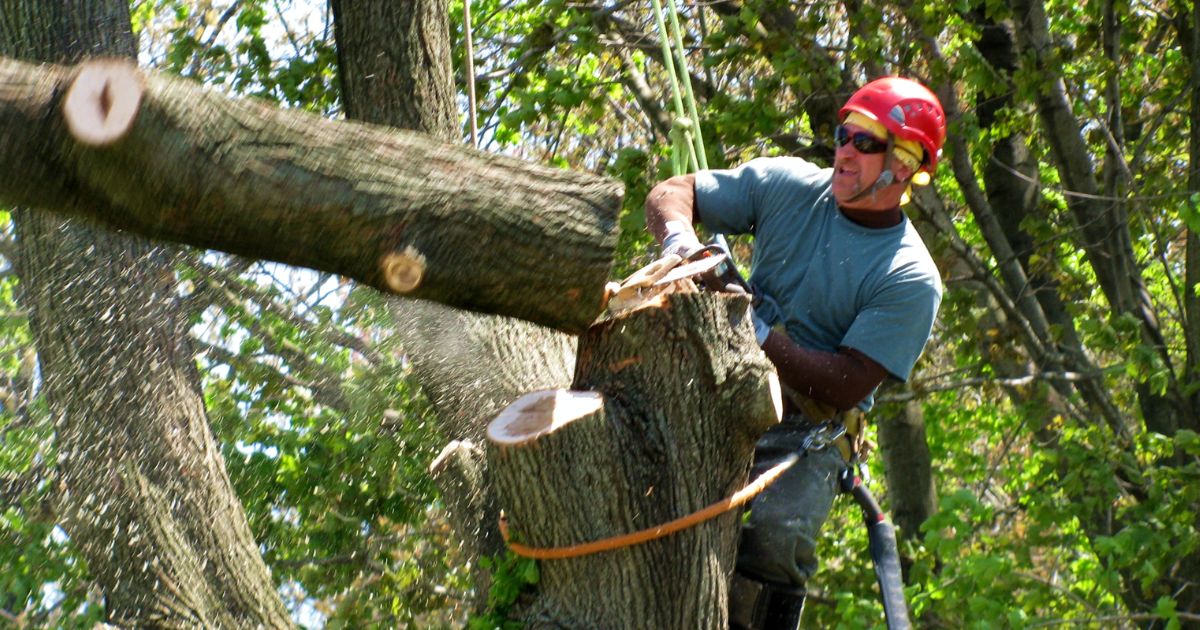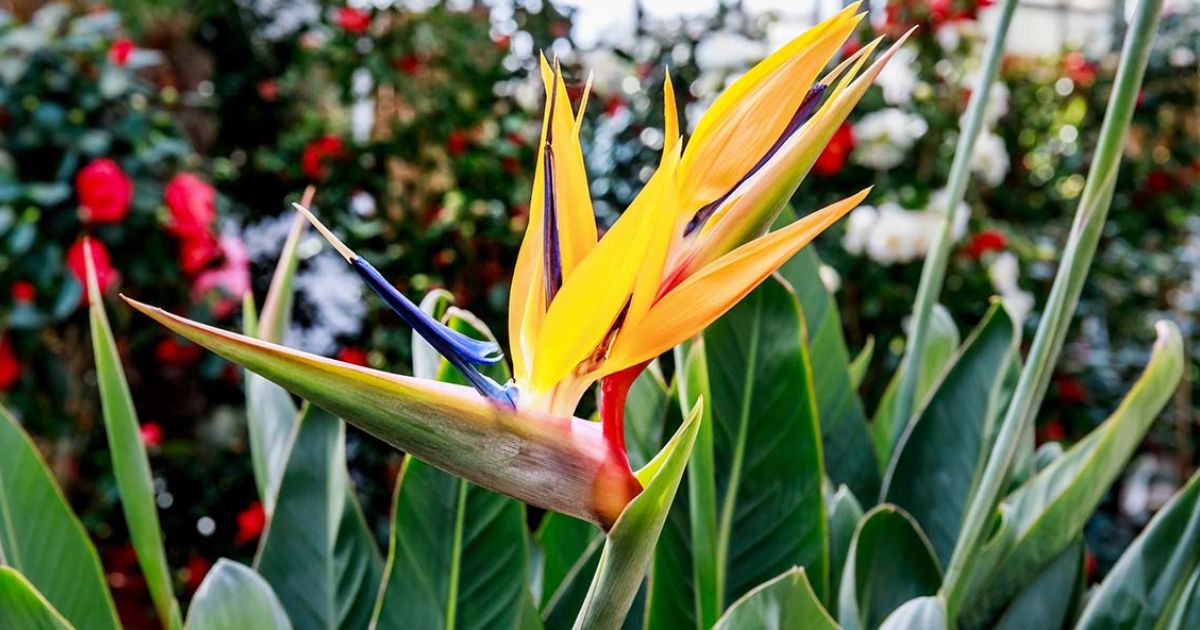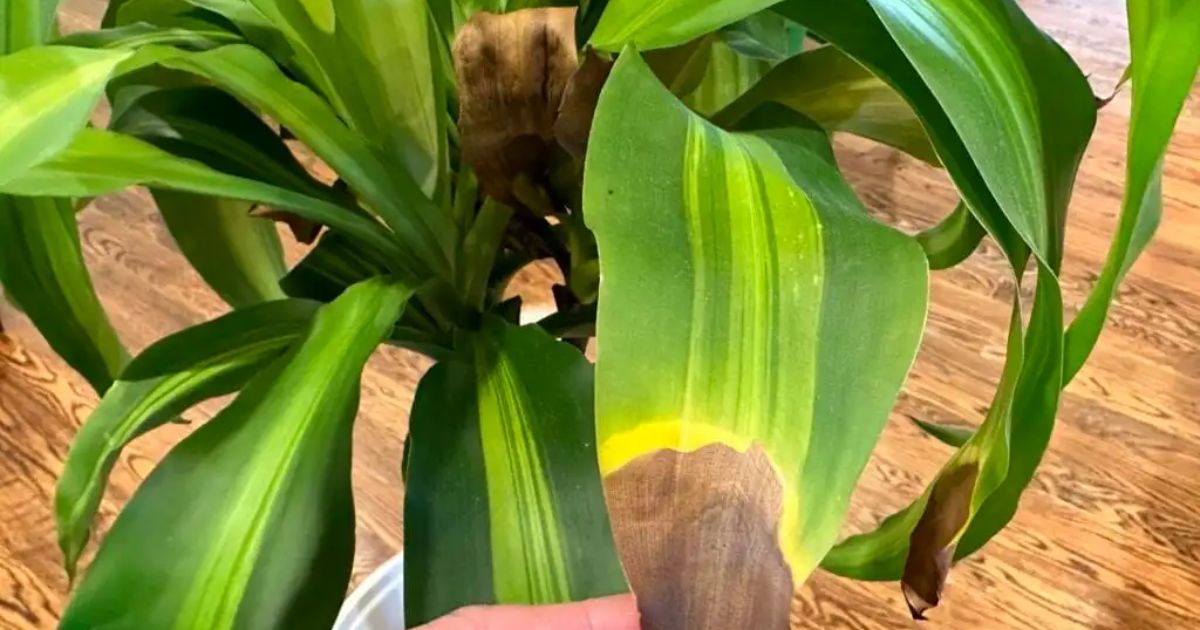Cutting a tree back isn’t just about keeping your yard tidy; it’s an essential part of maintaining a healthy, safe, and beautiful landscape. When done correctly, pruning helps trees grow stronger, prevents diseases, and enhances their natural shape. But when done incorrectly, it can cause long-term damage or even kill the tree.
Whether you’re trimming a small backyard tree or managing a larger one that’s growing too close to your home, knowing how to cut a tree back safely and effectively is key. With the right tools, timing, and techniques, you can encourage healthy growth while protecting yourself and your surroundings.In this guide, you’ll learn why pruning matters, when to do it, and how to perform each cut properly so your trees stay healthy, safe, and stunning year after year.
Why You Should Cut Back Your Trees
Pruning trees offers numerous benefits beyond mere aesthetics. First and foremost, it improves tree health by removing dead, diseased, or damaged branches. These problematic limbs can harbor pests and fungi, spreading issues throughout the tree if left unchecked. By cutting them back, you allow the tree to allocate energy to healthy growth, resulting in stronger branches and better overall vitality.Safety is another key reason. Overgrown branches may obstruct roofs, electricity cables, or walkways, posing risks during storms. Pruning for safety involves targeting branches that could cause injury or property damage. Additionally, regular trimming enhances air circulation and sunlight penetration, reducing the likelihood of fungal diseases like powdery mildew.
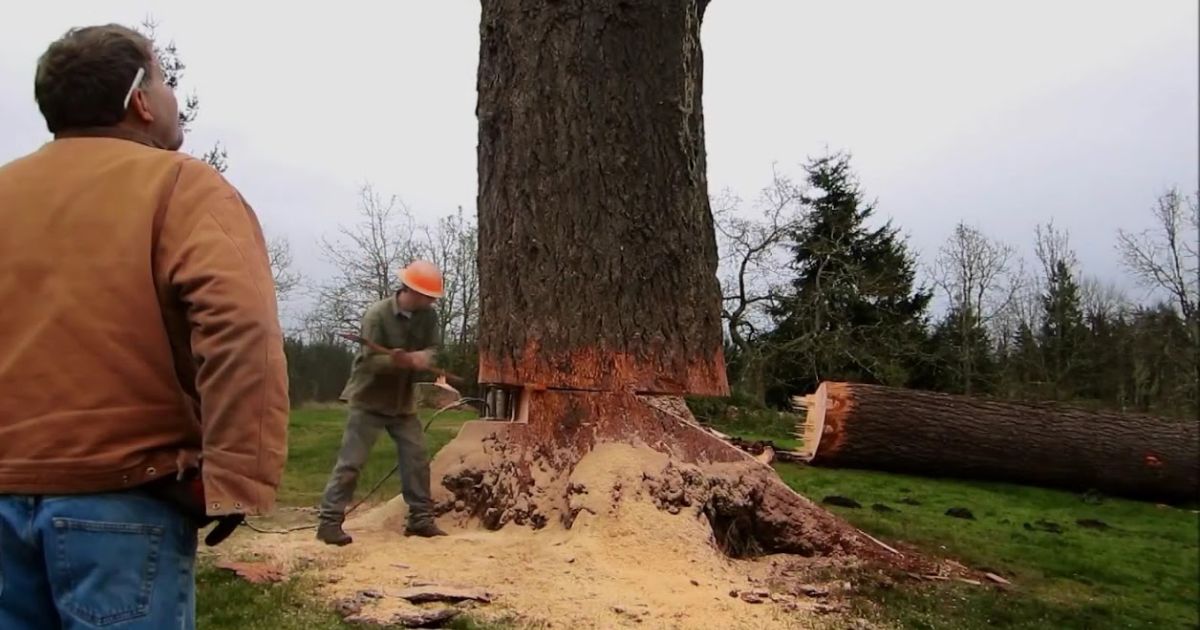
Aesthetically, well-pruned trees look neater and more structured. For fruit trees, pruning encourages better yields by directing growth toward productive branches. Additionally, When to Prune Pear Trees it avoids congestion, which can result in weak, spindly limbs. In urban settings, pruning helps trees coexist with infrastructure, such as streets and buildings.However, not all trees need the same level of pruning. Young tree pruning tips benefit from structural pruning to establish a strong framework, while mature trees might only require maintenance cuts. Continually assess your tree’s specific needs. Over-pruning can stress it, making it more susceptible to problems. In essence, cutting back trees safely promotes longevity, beauty, and functionality in your yard.
The Best Time to Prune Trees for Optimal Results
Timing is everything when it comes to tree pruning. Prune at the wrong time, and you could invite disease or stunt growth. Generally, the best time to cut back most trees is during the late winter or early spring, when they’re dormant. This period, from mid-February to early May, allows wounds to heal quickly as new growth begins.Dormant pruning minimizes stress because the tree isn’t actively growing. For deciduous trees, wait until leaves have fallen in fall or winter to clearly see the structure. Evergreens can be pruned in late winter, too, best time to cut a tree but avoid extreme cold to prevent frost damage.
Some exceptions exist. Flowering trees like dogwoods should be pruned immediately after blooming to prevent cutting off next year’s buds. Fruit trees often benefit from summer pruning after the growth peak to control size and improve fruit quality. Avoid pruning in fall, as fresh cuts can attract fungi, or in mid-summer when heat stress is high.In regions with mild winters, like the Hudson Valley, winter pruning is ideal for shade trees. Always check the local climate before pruning on dry, mild days to prevent the spread of waterborne diseases. By choosing the right season, you’ll ensure your tree recovers effectively and thrives.
Essential Tools and Safety Gear for Tree Pruning
Having the right tools makes safe tree cutting back a tree safer and more efficient. Start with hand pruners for small branches up to ¾ inch in diameter. For precise cuts on live wood, bypass pruners are perfect. Anvil types handle dead branches better.For thicker limbs (1-2 inches), loppers provide leverage with their long handles. Ratcheting loppers are great for tougher cuts without straining your arms. Pruning saws, either folding or pole-mounted, tackle branches over 2 inches. Curved blades cut on the pull stroke for efficiency.Pole pruners extend your reach for high branches, combining a saw and lopper on a telescoping pole. For professional-level work, consider pneumatic or electric pruners to reduce fatigue. Always keep tools sharp and clean to prevent tearing bark and spreading disease.
Safety gear is non-negotiable. Wear gloves to protect against thorns and cuts, safety goggles for eye protection from flying debris, and a hard hat if working under large branches. Expert Tips on How to Prune an Oak Tree Sturdy boots with good traction help prevent slips, and ear protection is wise when using powered tools. If climbing, use a harness and ropes. Never climb near power lines without professional help.Invest in quality brands for durability. Proper maintenance, like oiling blades, extends tool life. With these essentials, you’ll prune effectively while minimizing risks.
Key Safety Precautions Before You Start Cutting

Safety should always come first when pruning trees. Begin by assessing the tree and its surroundings, looking for power lines, unstable branches, or nearby structures. If branches are near utilities, call professionals immediately.Work with a partner for large jobs; they can spot hazards and assist with heavy limbs. Clear the area below of people, pets, and objects. Use warning shouts like “Timber!” before dropping branches.
Ladders must be stable. Use a tripod or an orchard ladder for uneven ground. Avoid overreaching; reposition instead. For high pruning, consider renting a cherry picker if needed.Inspect tools for damage and wear PPE consistently. Prune in good weather to avoid slips on wet surfaces. tree care tips If the tree is large or you’re unsure, hire a certified arborist. DIY mistakes can be costly or dangerous. Following these precautions ensures a safe pruning experience.
Step-by-Step Guide: How to Cut a Tree Back Properly
Now, let’s get to the heart of it: the actual pruning process. Follow these steps for safe, effective results.
- Plan Your Cuts: Step back and visualize the tree’s shape. Try to remove no more than 25–30% of the canopy. To avoid shock. Prioritize dead, rubbing, or crossing branches.
- Make the Right Cuts: Use the three-cut method for large branches to prevent bark tearing. First, undercut the branch 6-12 inches from the trunk. Second, cut a few inches from the top. Finally, make the collar cut just outside the branch collar.
- Thin the Canopy: Remove selective branches to improve light and air flow. How to Trim a Tree That Is Too Tall Cut back to a lateral branch at least one-third the diameter of the removed limb.
- Shape the Tree: For young trees, establish a central leader. Avoid topping, which weakens the structure. Use heading cuts sparingly for dense growth.
- Clean Up: Dispose of debris properly to prevent pests. cutting tree branches Mulch clippings if disease-free.
This methodical approach ensures your tree remains healthy and balanced.
Common Mistakes to Avoid When Pruning Trees
Even seasoned gardeners make errors, but avoiding Step-by-Step Guide to Cutting Back a Cherry Tree these can save your trees.
- Flush Cuts: When a branch is cut too near the trunk, it becomes damaged. Collar, slowing healing and inviting decay.
- Over-Pruning: Removing too much foliage stresses the tree. Stick to the 30% rule.
- Wrong Timing: Pruning during active growth seasons can lead to excessive sap loss or increased disease risk.
- Dull Tools: Blunt blades tear wood, creating jagged wounds.
- Topping Trees: This creates weak regrowth and ugly shapes.
- Ignoring Plant Health: Prune diseased branches last and disinfect tools between cuts.
- Significant Branch Cuts: Avoid pruning limbs over 3-4 inches without expertise.
- Lion Tailing: Stripping inner branches leaves tufts at ends, weakening the tree.
By steering clear of these, you’ll promote robust tree health.
Aftercare: Helping Your Tree Recover After Pruning
Post-pruning care is vital. Water deeply to aid recovery, especially in dry spells. Apply mulch around the base to keep it away from the trunk, retain moisture, and suppress weeds.
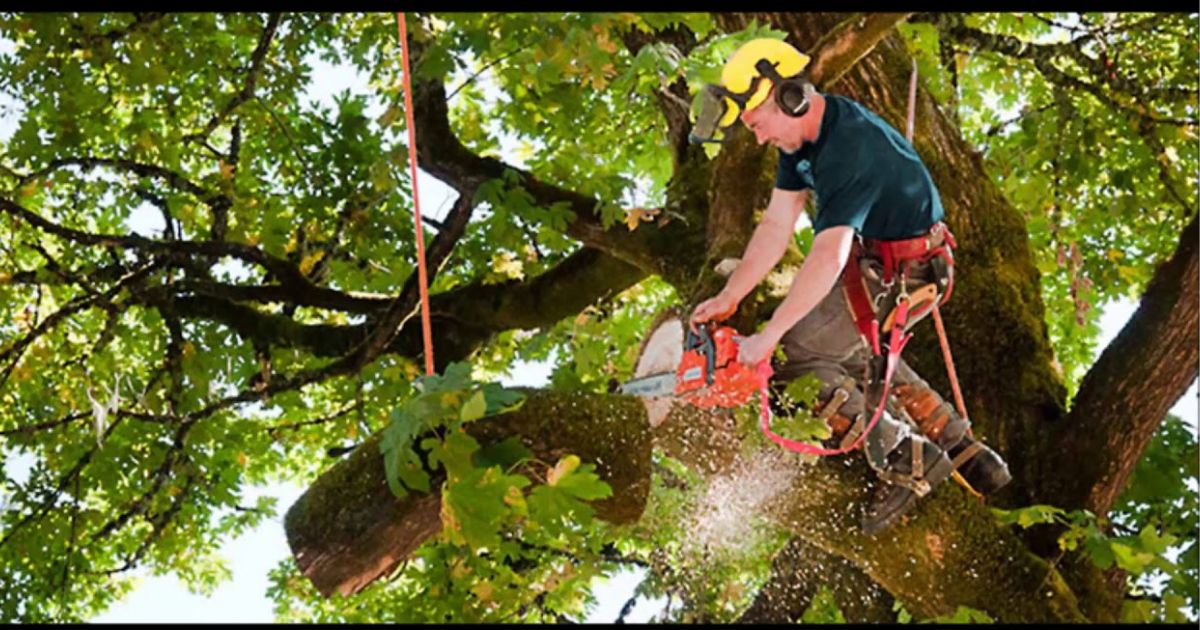
Monitor for signs of stress, such as wilting or pests. How to Plant Trees Fertilize lightly in spring if needed, but avoid overfeeding. Fresh cuts don’t require sealants; trees heal naturally.For inspiration, check these before-and-after examples.
Conclusion
Cutting a tree back safely and effectively is one of the best ways to keep your trees healthy, beautiful, and strong for years to come. With the proper knowledge and tools, pruning doesn’t have to be complicated or risky. It’s all about timing your cuts properly, removing only what’s necessary, and using clean, precise techniques to encourage healthy regrowth.Remember, regular trimming prevents disease, improves air circulation, and keeps branches from becoming hazardous. Whether you’re shaping your backyard trees for appearance or maintaining safety around your home, a careful approach always pays off.
And if atree trimming guide is too large or complex to handle, don’t hesitate to call a certified arborist for professional help. A well-pruned tree is not only safer but also adds beauty and value to your outdoor space.
FAQ
Can I cut a tree back in the summer?
Yes, you can cut a tree back in summer, but it’s best to do only light pruning then. Major trimming should be done whether the tree is dormant, in late winter, or early spring. Summer pruning can stress the tree if too many branches are removed at once.
How much of a tree can I safely cut back at once?
In a single pruning session, avoid over-pruning. Over time, removing too many branches at once might damage or even kill it. Cutting too much can weaken the tree, limit photosynthesis, and make it more vulnerable to disease or sun damage.
What’s the difference between trimming and pruning?
Trimming usually refers to shaping trees and removing overgrown branches for aesthetic reasons, while pruning focuses on the tree’s health by removing dead, damaged, or diseased limbs. Both help maintain a tree’s structure and growth.
Will cutting branches kill a tree?
Not if done correctly. Proper pruning promotes growth and strengthens the tree. However, cutting too close to the trunk or removing too many branches at once might damage or even kill it.
How often should I cut a tree back?
Most trees benefit from pruning once a year, typically during their dormant season. Fast-growing species might need light trimming twice a year to maintain shape and prevent overgrowth.

